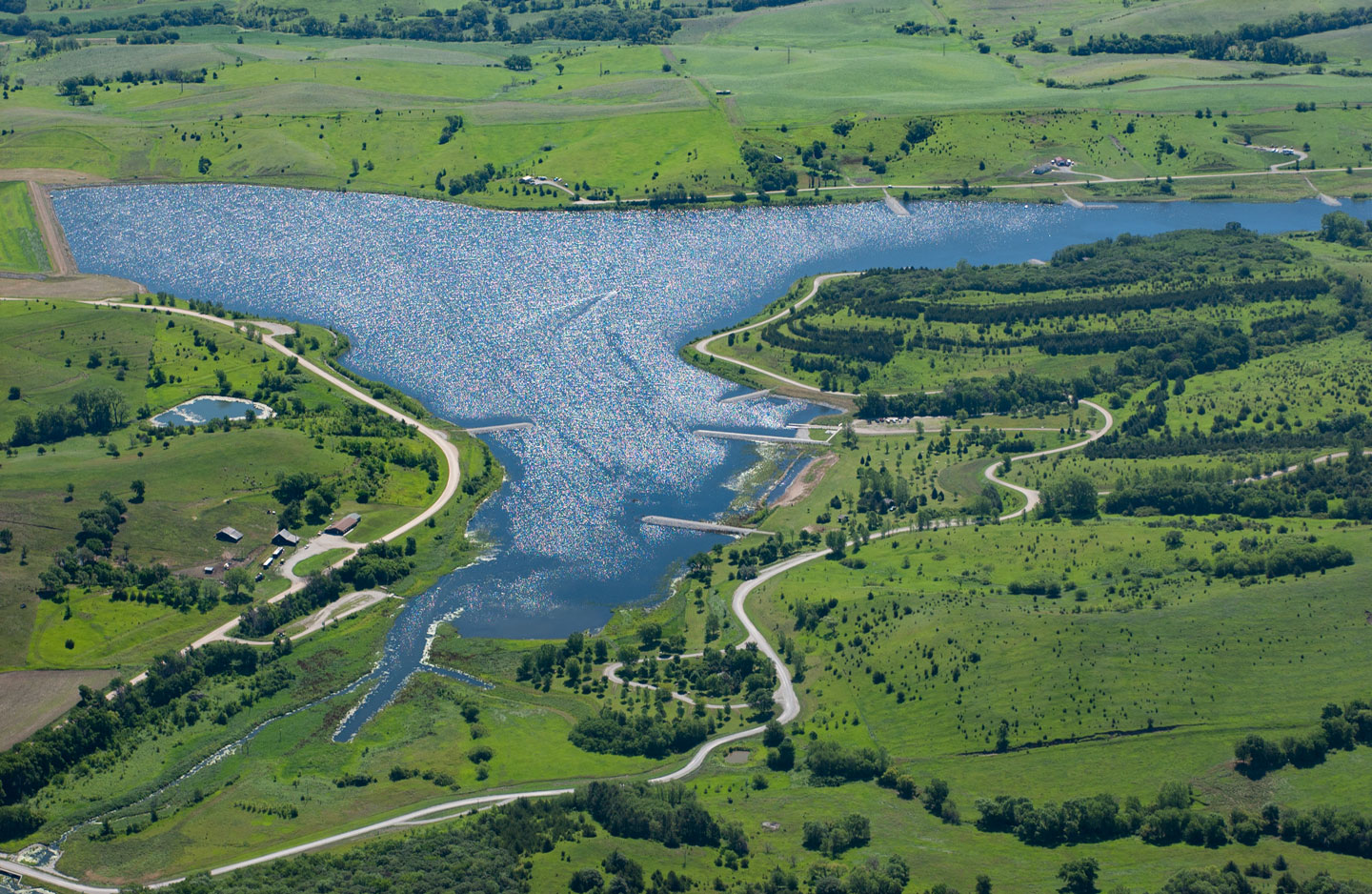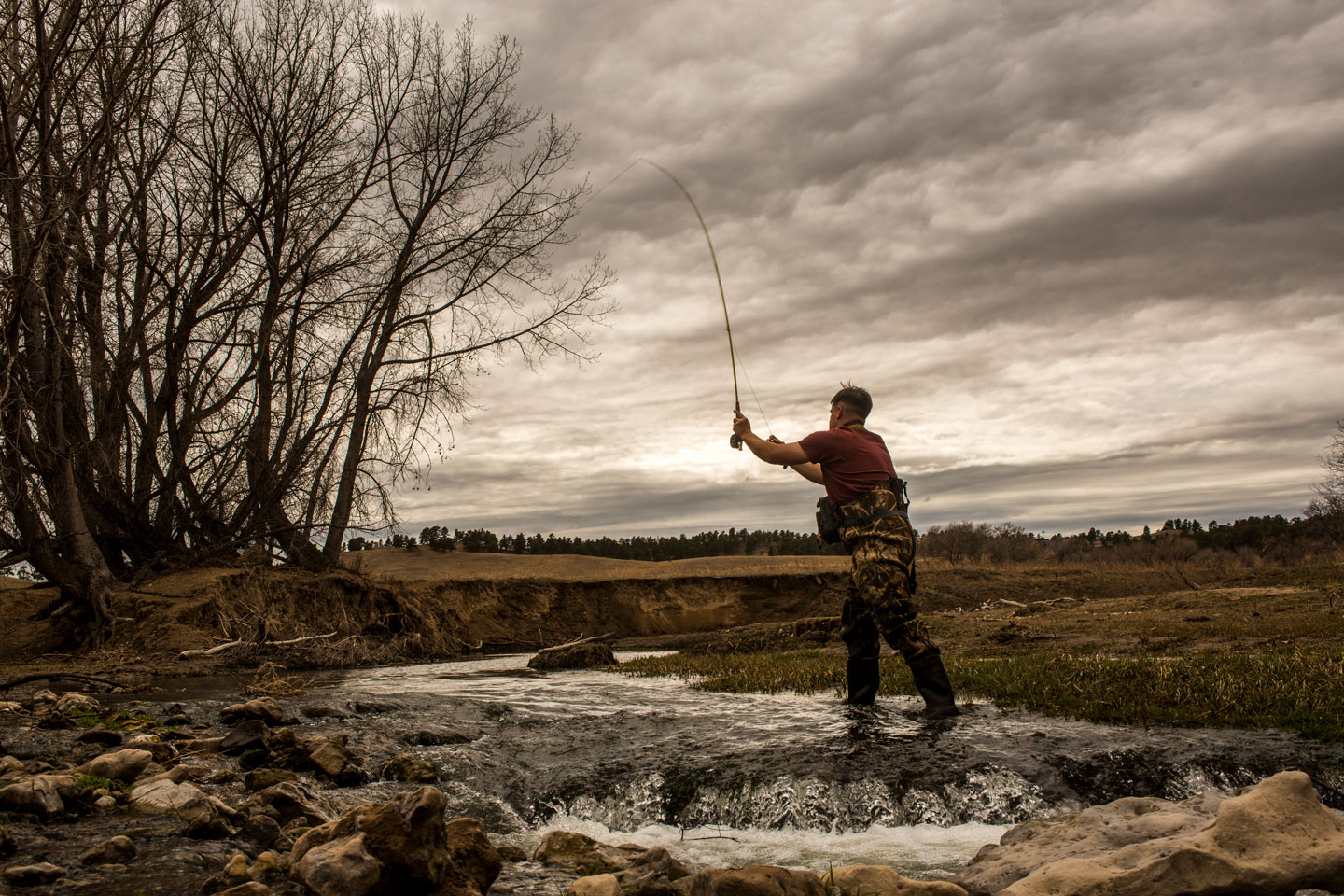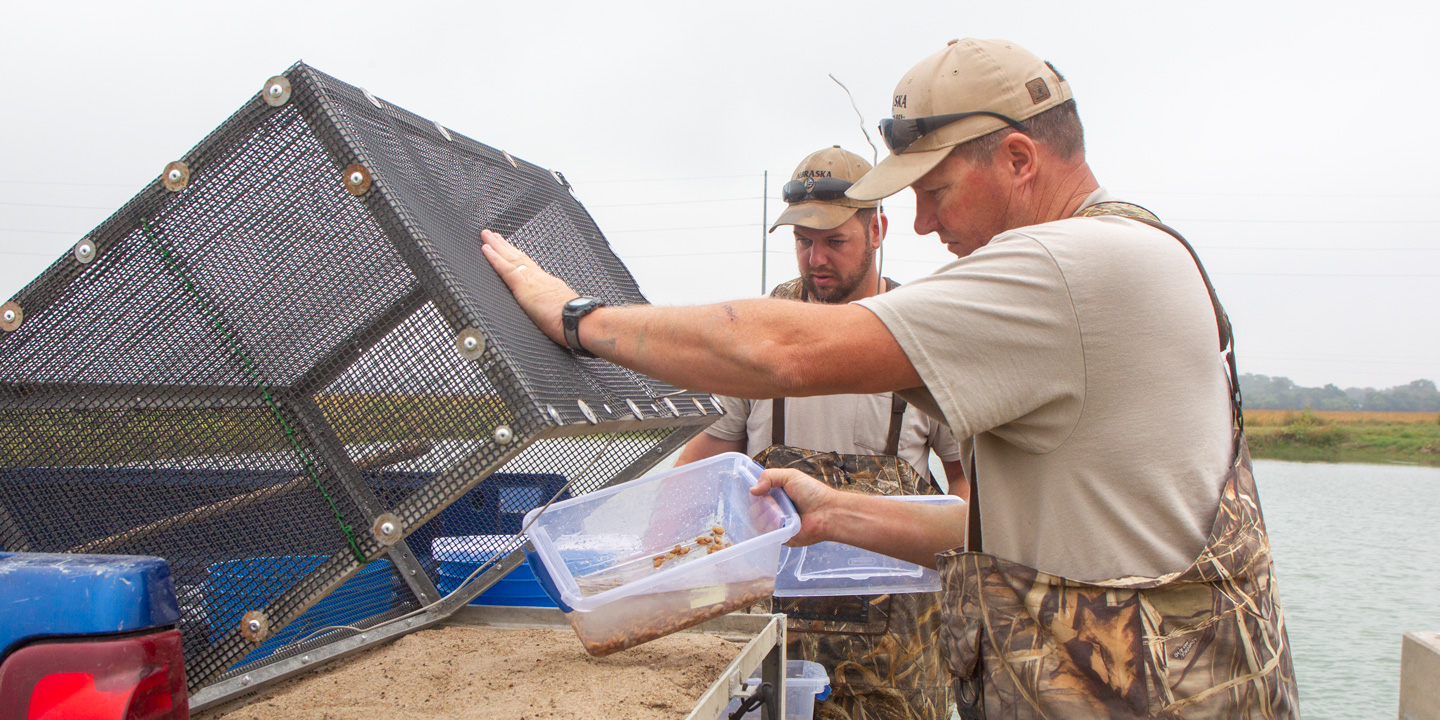Spalding Fish Passage Aquatic Habitat Project
Why we did it
The Cedar River flows through a hydropower dam near the City of Spalding, serving as a barrier to upstream fish movement. The Nebraska Game and Parks Commission collaborated with partners to build a fish bypass to allow migration around the barrier and allow fish populations, particularly channel catfish, to repopulate the Cedar River above.
Surveys in the early 2000s showed a lack of channel catfish in the river between the Spalding and Ericson dams when the dams were operational, but numerous catfish were in the same stretch when the Spalding powerplant was shut down and the dam was open to allow un-restricted flows. Armed with this data, a project was devised to construct a Denil fishway, which acts as a Z-shaped, gently sloping watery ladder, with resting points to allow fish to bypass the dam.
How we did it
Nebraska Game and Parks hired JEO Consulting for the project in 2009 and completed raising funds in 2014. Construction mobilized in March of 2015 and included dewatering the passage, rebar and concrete fishway installation, grate placement, and installation of the Biomark scanning system to track fish passage. The Biomark system allowed for state- of-the-art fish tagging to evaluate movement through the newly constructed fish ladder.
Benefits from these changes
Construction successfully finished in fall of 2016. A May 2017 tracking study found that 382 of 611 tagged fish successfully made the passage, including 221 of 306 channel catfish. Benefits of the Spalding Fish Passage project is a restored and enhanced fishery and angling opportunities above the dam for Nebraskans to enjoy.
Project partners
- The Nebraska Environmental Trust
- Loup basin RC&D
- JEO Consulting
- BD Construction
- Biomark
- NET Nebraska
- The Village of Spalding, NE
The Aquatic Habitat Program
The Aquatic Habitat Program was created in 1997 and was the first program of its kind in the nation. Since then 100s of waterbodies across the state — everything from lakes to streams to rivers to ponds — have been renovated, improving aquatic life and water quality for Nebraskans.



